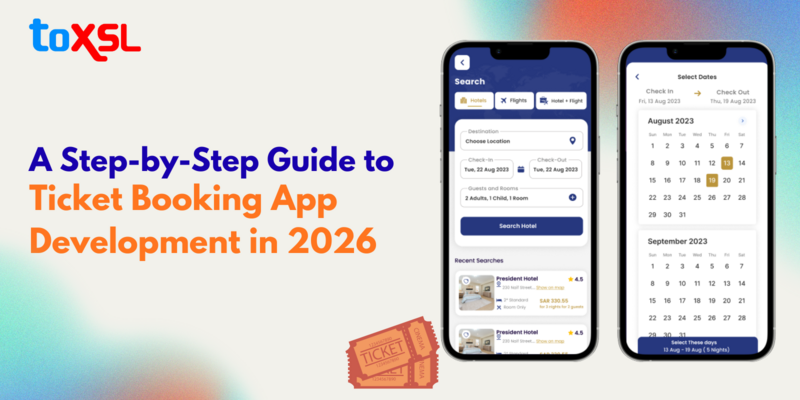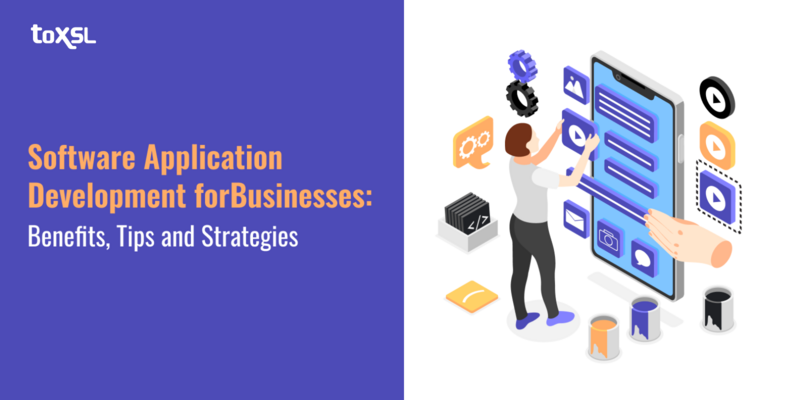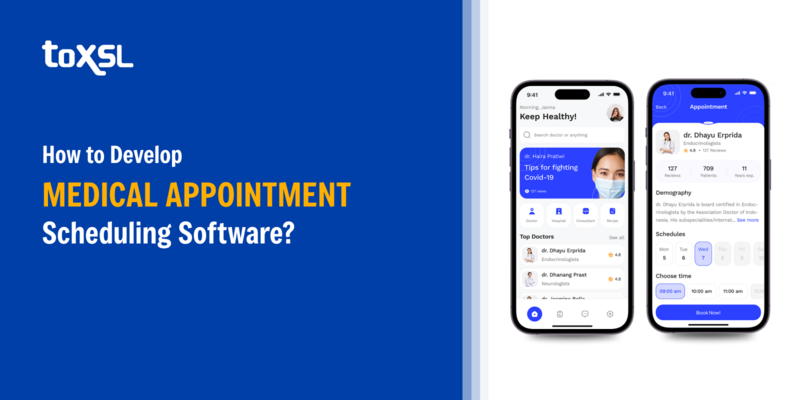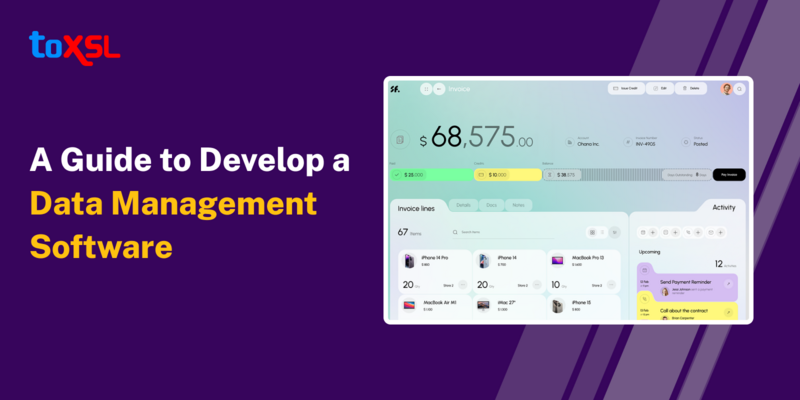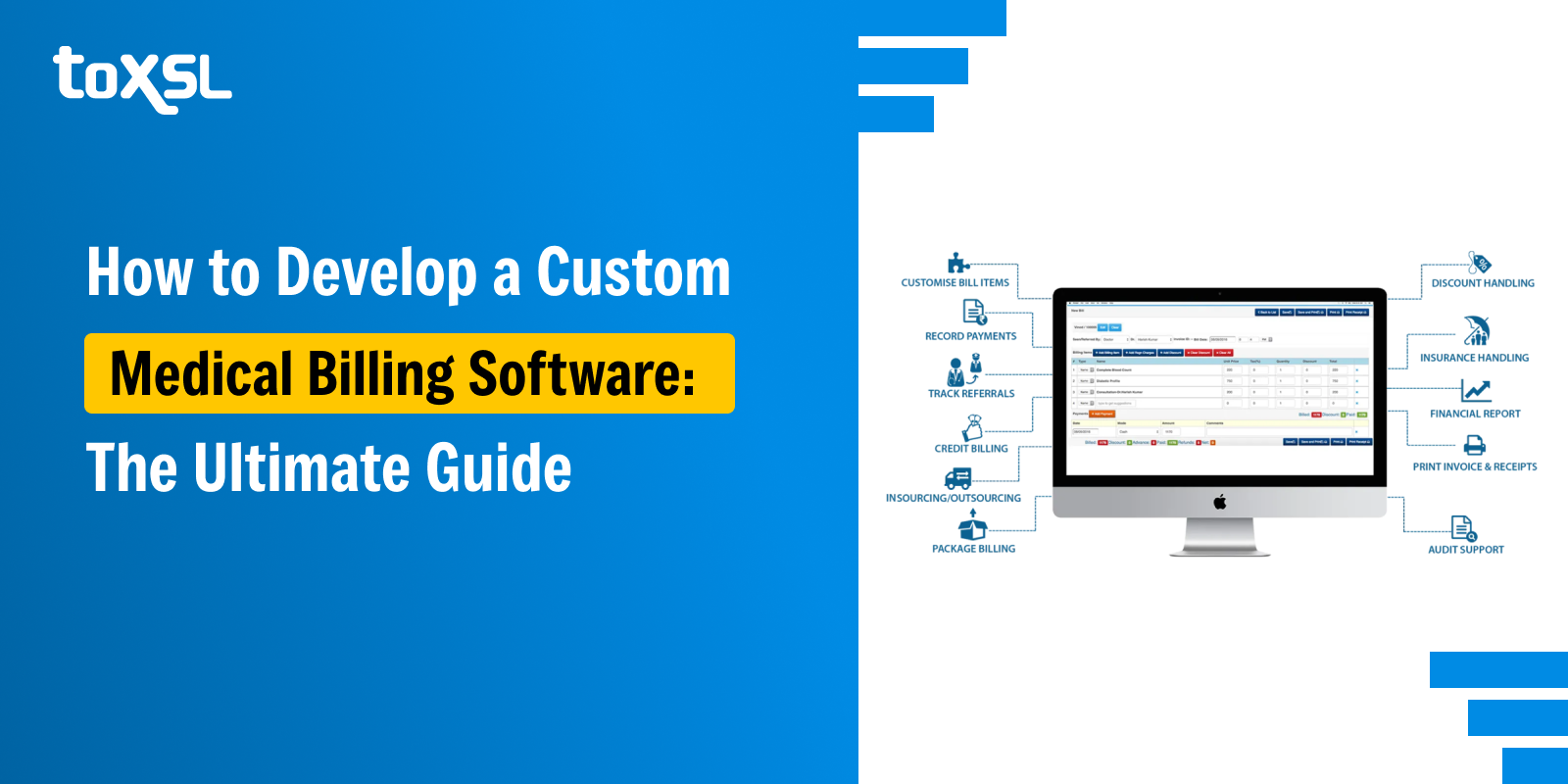
Did you know 80% of medical bills in the US contain errors? How does the healthcare industry overcome such issues? What are the solutions? Well, the solution is the medical billing software.
The medical billing services market is growing exponentially and is estimated to reach $8 billion by 2026, growing at a CAGR of 9.52%. But what are medical billing services? These are the services that are used to process and follow up on healthcare insurance claims. The growth in medical billing services has given rise to the medical billing software. Also, the demand for efficient healthcare management and the prevalence of chronic diseases are driving the demand for medical billing software.
The medical billing software helps medical billers and coders deliver administrative services and file medical claims. These billing software help healthcare institutes eliminate billing mistakes that can cause issues for patients and healthcare providers.
Medical billing software allows healthcare industries to automate invoicing workflows. The medical billing apps integrate with the electronic health record (EHR) system to capture all billable services. These software can be used by both hospitals and smaller clinics.
Also Read: How Mobile Apps are Transforming The Healthcare Industry?
Steps to Develop a Custom Medical Billing Software
Developing custom medical billing software can be challenging; hence, here are a few steps that can help you develop custom medical billing software.
Step 1: User Needs Analysis
The foundation of any successful custom software development project lies in understanding the user's needs. Start by conducting a thorough analysis of the current billing processes, pain points, and requirements of your healthcare organization. This step involves:
- Engaging with key stakeholders, including physicians, nurses, administrators, and billing staff, to gather insights into their challenges and needs
- Identifying bottlenecks and inefficiencies in the existing billing workflows
- Documenting specific requirements and categorizing them into essential features
- Prioritizing requirements based on their significance and impact on the billing process
By conducting a comprehensive User Needs Analysis, you can ensure that the custom medical billing software addresses real-world problems and aligns with the organization's goals and objectives.
Step 2: Feature Identification and Specification
Based on the User Needs Analysis, identify the essential features that should be included in the custom medical billing software. Some key features to consider include:
- Patient information management
- Insurance verification and eligibility checking
- Automated coding and billing
- Claims management and tracking
- Denial management and resubmission
- Payment processing and reconciliation
- Reporting and analytics
Clearly define the specifications for each feature, including user interface requirements, data inputs and outputs, and integration points with other systems.
Step 3: Architecture and Design
With the user requirements and feature specifications in place, it's time to design the software architecture and user interface. This step involves:
- Selecting the appropriate technology stack, including programming languages, frameworks, and databases
- Defining the system architecture, including the frontend, backend, and database components
- Designing the user interface based on best practices and user experience principles
- Creating wireframes, mockups, and prototypes to validate the design with stakeholders
A well-designed architecture and user interface will ensure that the custom medical billing software is scalable, maintainable, and easy to use.
Step 4: Development and Integration
The actual development of the custom medical billing software begins in this step. The development team, consisting of project managers, developers, and quality assurance engineers, will work collaboratively to:
- Implement the features and functionalities defined in the specifications.
- Integrate the software with existing systems, such as electronic health records (EHR) and practice management software.
- Ensure compliance with industry regulations, such as HIPAA and ICD-10 coding standards.
- Conduct regular testing and bug fixes throughout the development process.
Regular communication with stakeholders and end-users is crucial during this phase to ensure that the software meets their expectations and requirements.
Step 5: Testing and Deployment
Before deploying the custom medical billing software, it's essential to thoroughly test it to identify and fix any issues. This step involves:
- Conducting unit tests, integration tests, and end-to-end tests to ensure the software functions as expected
- Performing load and performance tests to assess the software's scalability and responsiveness under high traffic conditions
- Conducting user acceptance testing with a select group of end-users to gather feedback and make necessary adjustments
Once the testing phase is complete, the software can be deployed in a production environment. This may involve:
- Setting up the necessary infrastructure, such as servers and databases
- Migrating data from existing systems to the new software
- Providing training and support to end-users to ensure a smooth transition
Regular monitoring and maintenance of the deployed software are crucial to ensuring its continued performance and reliability.
What is The Cost to Develop Medical Billing Software?
The cost of custom medical billing software is not fixed and depends on the range of features and functionalities. Also, the complexity of the software plays a major role in deciding the cost of medical billing software. In general, the cost range of medical billing software lies between $15,000 and $100,000, depending on the needs of the business. Also, ask the service providers if there is any hidden cost involved. A few factors, such as the team's expertise, integration requirements, compliance, and security measures, also play an important part in developing medical billing software.
Benefits of Developing Custom Medical Billing Software
The medical billing software eliminates the complexities and replaces manual practices, automating time-consuming processes and making it easy for the businesses to focus on important things. Here are a few benefits of developing custom medical billing software:
1. Improved Efficiency and Productivity: Custom medical billing software is designed to streamline the billing process, reducing manual intervention and administrative burdens. By automating tasks such as claim submission, tracking, and follow-up, the software minimizes the risk of human error and saves time, allowing healthcare providers to focus on delivering quality patient care.
2. Enhanced Accuracy and Compliance: Accurate coding and billing are essential for healthcare providers to ensure timely reimbursement and avoid claim denials. Custom medical billing software supports ICD-10 and CPT coding standards, helping to minimize errors and ensure compliance with industry regulations. This leads to improved revenue cycle management and financial stability for the organization.
3. Better Patient Experience: By automating administrative tasks and streamlining the billing process, custom medical billing software allows healthcare providers to dedicate more time and resources to patient care. This can lead to improved patient satisfaction and loyalty, as well as a positive impact on the overall patient experience.
4. Scalability and Flexibility: Custom medical billing software is designed to be scalable and flexible, allowing healthcare organizations to adapt to changing needs and requirements. The software can be easily updated to incorporate new features, functionalities, and regulatory changes, ensuring that the organization remains competitive and compliant in the ever-evolving healthcare landscape.
5. Cost Savings and ROI: While the initial investment in custom medical billing software may be higher than off-the-shelf solutions, the long-term benefits often outweigh the costs. By improving efficiency, reducing errors, and accelerating the revenue cycle, the software can lead to significant cost savings and a positive return on investment for the organization.
Also Read: How Much Does Telemedicine App Development Cost?
6. Enhanced Risk Mitigation: Custom medical billing software plays a crucial role in mitigating risks associated with legal compliance and data security. By maintaining legal compliance, healthcare providers can avoid hefty penalties for non-compliance. The software ensures that all transactions are secure and patient data is safeguarded, adhering to stringent standards like HIPAA in the U.S. or GDPR in Europe.
7. Improved Revenue Growth and Cash Flow: Automating medical billing with custom software improves medical providers' financial stability. It reduces patient confusion, enables healthcare practitioners to be paid in a shorter duration, and improves overall revenue growth and cash flow.
Wrapping Up
So, are you looking to develop medical billing apps that can help you simplify your business processes? Well, ToXSL Technologies is here to help you. We have a team of expert developers who keep up with the latest trends and technologies, helping them develop the most innovative apps and software solutions for businesses worldwide.
The medical billing software that we develop offers a smooth way to enhance accuracy, expedite procedures, and increase revenue. We ensure that the features of medical billing are user-friendly and secure that help businesses optimize their financial management. So, what are you waiting for? Get in touch with us and let us help you develop the highest quality of medical billing software that will help you streamline your healthcare operations.
Frequently Asked Questions
How Long Does it Take to Develop Medical Billing Software?
In general, the development time for medical billing software ranges from 6 to 12 months. The timeframe can vary based on several factors, including the complexity of the software, the number of features required, and the level of customization needed to meet specific business needs.
Can Medical Billing Software be Integrated with Existing Systems?
Yes, medical billing software can be integrated with existing systems, such as electronic health records (EHRs) and practice management software. This integration helps businesses increase efficiency and accuracy, automate processes, and improve revenue.
How Does Healthcare Billing Software Improve Patient Satisfaction?
Medical billing software plays a crucial role in improving patient satisfaction by streamlining the billing process and providing transparency. This software offers patients convenient payment options and provides businesses with a secure way to handle patient information.







